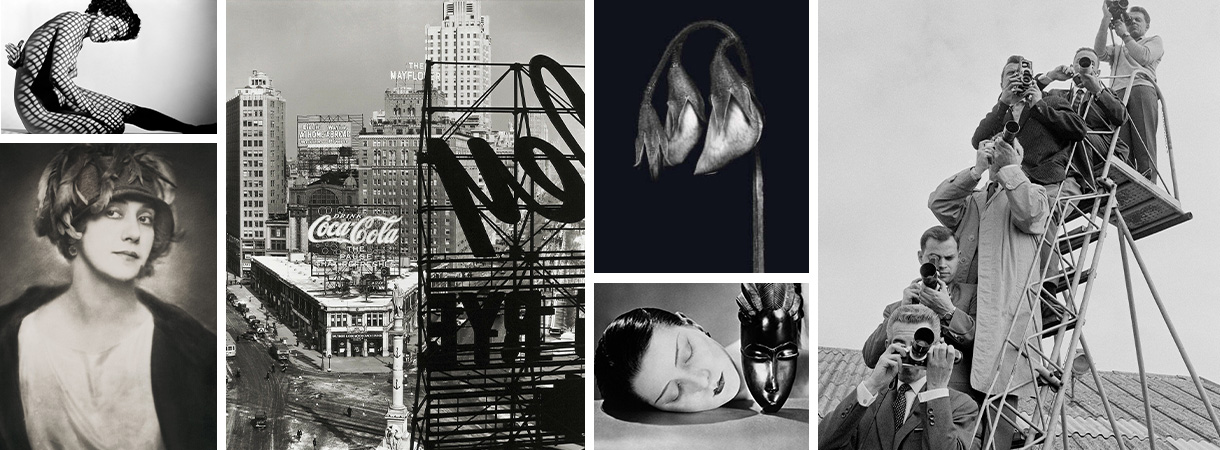
The Ghost Army: WWII's Deceptive Mirage of War
By Adedayo Oyetoke, Published on: October 23rd 2023 3 min, 511 word Views: 1052
World War II was a time of innovation and improvisation on all fronts. Among the many fascinating stories from this era, one remarkable tale stands out: the creation of "The Ghost Army." This clandestine unit, composed of artists, designers, and actors, played a critical role in deceiving the enemy by constructing an elaborate decoy village, complete with lights, sound effects, and an array of inflatable tanks. In this blog, we delve into the intriguing history of "The Ghost Army" and its vital contribution to the war effort.
1. The Need for Deception:
During World War II, the Allies recognized the importance of deception in warfare. Misleading the enemy about troop movements and intentions was a crucial element of strategy, and it often meant the difference between victory and defeat.
2. The Birth of "The Ghost Army":
In 1944, the U.S. Army formed a unique unit officially known as the 23rd Headquarters Special Troops, but more famously as "The Ghost Army." Comprised of around 1,100 men, this unit had an unusual composition, consisting of artists, designers, sound engineers, and actors.
3. Inflatable Tanks and Deceptive Props:
The Ghost Army's primary mission was to create decoy installations that would confuse the enemy. To achieve this, they employed inflatable tanks, trucks, and artillery pieces, designed to appear real from a distance. These "dummy" vehicles were convincing enough to fool German reconnaissance planes.
4. The Deceptive Village:
One of the most notable deceptions orchestrated by The Ghost Army was the creation of a complete dummy village. This included fabricated buildings, sound effects of civilian life, and even the illusion of an active railhead. The goal was to divert the attention of German bombers away from genuine military and industrial targets.
5. Sound and Misdirection:
Sound engineers in The Ghost Army played a crucial role. They used audio tricks to make the phantom army appear larger and more active than it actually was. The sound of marching troops, vehicle movements, and radio chatter gave the impression of a formidable force.
6. The Impact of The Ghost Army:
The Ghost Army was remarkably successful in its mission. It played a pivotal role in Operation Quicksilver, a massive deception campaign for the D-Day landings in Normandy. By creating the illusion of a massive armored force in southeast England, they diverted the Germans' attention away from the real invasion sites.
7. Secrecy and Aftermath:
The existence of The Ghost Army was a closely guarded secret. Its members were under strict orders not to divulge their activities, and the unit's story remained classified for many years after the war. It wasn't until the 1990s that the full extent of their contributions became widely known.
Conclusion:
The story of "The Ghost Army" is a testament to the creativity and resourcefulness of those involved in wartime deception. Through inflatable tanks, fabricated villages, and clever audio trickery, this unique unit made a significant impact in safeguarding Allied operations during World War II. Their story serves as a reminder of the importance of unconventional thinking in times of conflict and the critical role that deception can play in the theater of war.
